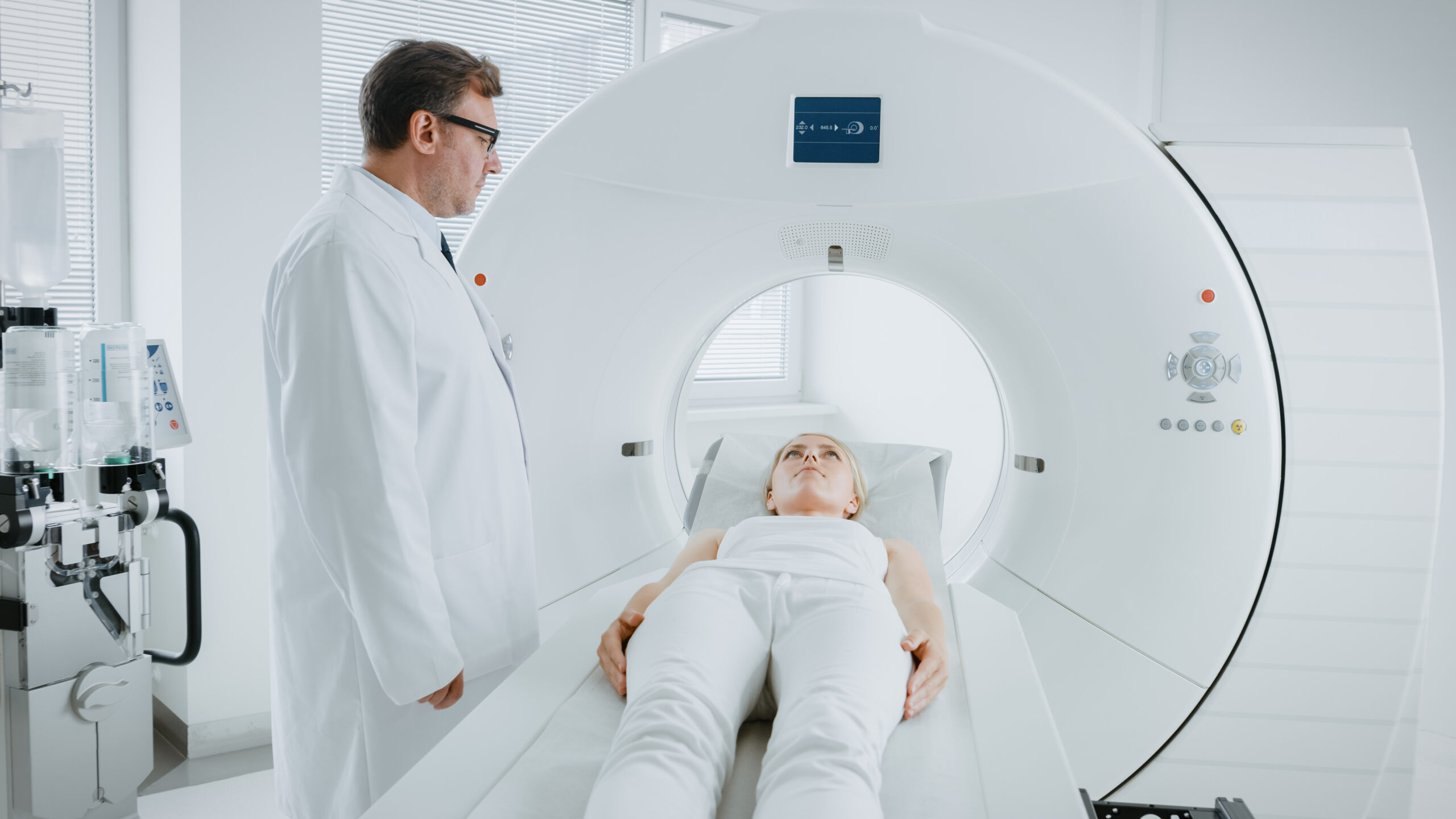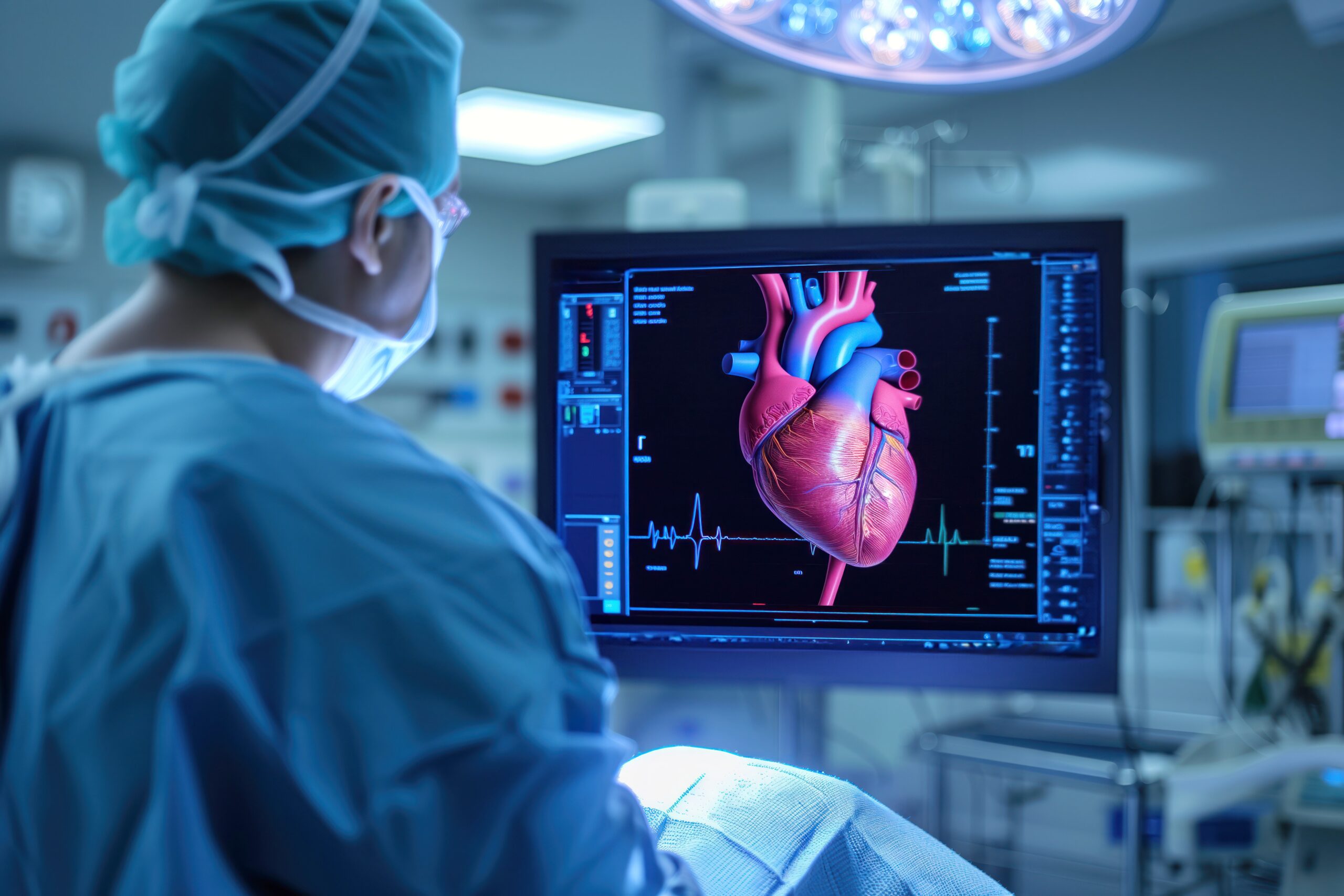Diagnostic imaging has come a long way over the years, evolving from traditional X-rays to advanced technologies like PET CT and MRI that provide more detailed, accurate, and non-invasive insights into the human body. These innovations are crucial in the early detection, diagnosis, and treatment of various medical conditions, including cancers, cardiovascular diseases, neurological disorders, and musculoskeletal injuries. With the rapid pace of technological development, the future of diagnostic imaging promises even greater precision, convenience, and accessibility for both healthcare providers and patients.

Technological Advances in Imaging
In recent years, there have been significant technological advances in the field of diagnostic imaging. These innovations have led to better imaging quality, faster results, and improved patient outcomes. Some of the most impactful advancements in imaging technology include:
- High-Resolution Imaging: Advances in both PET CT and MRI machines have led to much higher resolution images, enabling doctors to detect even the smallest tumors, lesions, or abnormalities that might have been missed with older technology. This allows for earlier diagnoses and more effective treatments, improving the likelihood of successful outcomes.
- Hybrid Imaging Technologies: The integration of different imaging technologies into one system has been a game-changer in diagnostic imaging. For example, PET CT combines the metabolic imaging of PET with the detailed anatomical imaging of CT scans, providing a more complete picture of the body. Hybrid imaging techniques are becoming increasingly common, offering better accuracy and precision for a range of conditions, including cancer, heart disease, and neurological disorders.
- Artificial Intelligence and Machine Learning: AI and machine learning are playing an increasing role in diagnostic imaging by assisting radiologists with image interpretation. These technologies help to speed up the analysis of imaging results and improve diagnostic accuracy by identifying subtle patterns or abnormalities that human eyes might overlook. AI-based software can even prioritize urgent cases, ensuring that patients receive timely care.
- Portable and Point-of-Care Imaging: Advances in portability have made imaging technologies more accessible than ever before. Portable MRI and mobile PET CT units are allowing doctors to perform scans in remote or underserved areas, expanding access to critical diagnostic services. Point-of-care imaging solutions are also improving healthcare delivery in emergency settings, urgent care centers, and clinics, helping to expedite diagnoses.
Benefits to Patients
The impact of these technological advancements is most directly felt by patients, who benefit from improved diagnostic accuracy, faster results, and more personalized treatment plans. Here are a few key ways that new imaging technologies are enhancing patient care:
- Earlier Detection and Improved Outcomes: Early detection is critical to successful treatment, especially in the case of cancers, heart disease, and neurological conditions. The enhanced resolution and sensitivity of modern imaging technologies allow doctors to spot health issues at their earliest, most treatable stages. For example, PET CT scans are increasingly used for the early detection of cancer, helping to identify tumors before they grow large enough to cause symptoms.
- Minimally Invasive Procedures: Many modern imaging techniques are non-invasive, allowing doctors to diagnose and monitor conditions without the need for surgery or other invasive procedures. This reduces the risk of complications and allows patients to experience less pain, shorter recovery times, and lower medical costs.
- Personalized Treatment Plans: Advances in imaging allow for more detailed assessments of individual health conditions, which can lead to more accurate and personalized treatment plans. By obtaining precise images of the body’s internal structures, doctors can choose the most appropriate course of action, whether that’s surgery, medication, or radiation therapy, leading to better outcomes and fewer complications.
- Faster Results and Convenience: Modern imaging technologies are faster and more efficient, providing quicker results. This reduces wait times for diagnoses, allowing patients to begin treatment sooner and reducing anxiety related to uncertainty. Additionally, the development of portable imaging units means that scans can be conducted in more convenient locations, allowing patients to receive care closer to home.
What’s Next in Imaging Technology?
As technology continues to evolve, the future of diagnostic imaging looks incredibly promising. Here are a few emerging trends and technologies that will shape the next generation of imaging:
- Quantum Imaging: Quantum computing and quantum sensors are on the horizon for diagnostic imaging. These advancements promise to significantly improve the sensitivity, speed, and accuracy of imaging systems, allowing for even earlier detection and better disease management.
- 3D and 4D Imaging: While 3D imaging already exists in certain diagnostic fields, the next step is to move to 4D imaging, which will incorporate time-based data to provide dynamic images of moving organs, such as the heart or lungs. This will allow doctors to monitor how organs function in real-time, improving the accuracy of diagnoses and treatment planning.
- Wearable Imaging Devices: The rise of wearable technology will likely lead to the development of continuous, non-invasive imaging systems that monitor a person’s health in real-time. These devices could provide early warnings for a variety of conditions, allowing for more proactive health management.
- Enhanced AI Integration: The integration of artificial intelligence in diagnostic imaging will continue to grow, with AI algorithms becoming even more advanced in detecting subtle changes in images. AI could play a key role in not only interpreting scans but also predicting potential health outcomes, allowing doctors to intervene earlier and more effectively.
Conclusion
The impact of technology on diagnostic imaging has already been profound, and its continued evolution promises to further enhance the quality and accessibility of healthcare. With advancements in imaging resolution, AI integration, hybrid technologies, and more, both doctors and patients stand to benefit from faster, more accurate, and less invasive diagnostic processes. As we look to the future, the next generation of imaging technologies will help drive earlier detection, more personalized care, and better overall health outcomes for patients worldwide.
At PET CT of Miami, we are committed to staying at the forefront of medical imaging technology to provide the highest quality diagnostic services. Our advanced PET CT and MRI imaging solutions empower doctors to detect and treat conditions with greater precision and confidence.
Schedule Your Appointment Today
Ready to experience the benefits of cutting-edge diagnostic imaging? Visit PET CT of Miami and schedule your appointment online today for fast, accurate, and compassionate care. Take control of your health and well-being with the latest in imaging technology.




